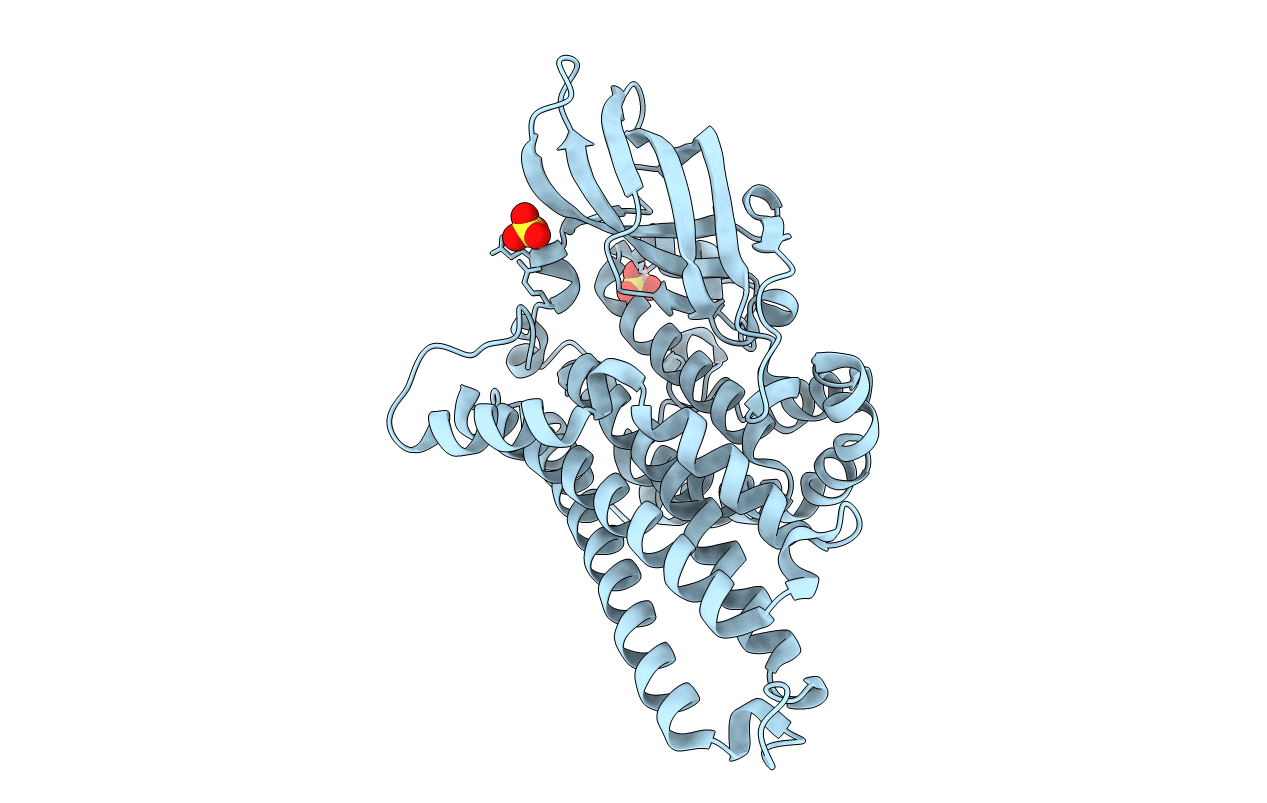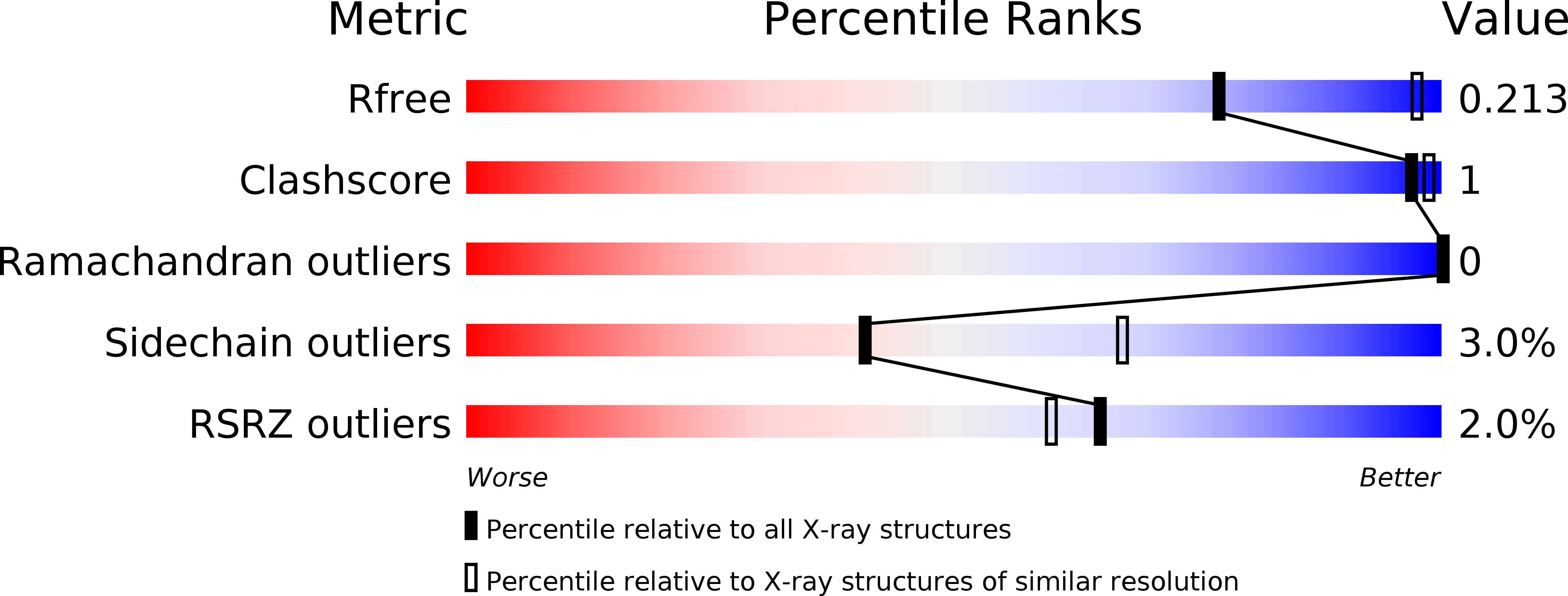
Deposition Date
2016-09-14
Release Date
2017-06-28
Last Version Date
2024-01-17
Method Details:
Experimental Method:
Resolution:
2.60 Å
R-Value Free:
0.21
R-Value Work:
0.18
R-Value Observed:
0.18
Space Group:
P 62 2 2


